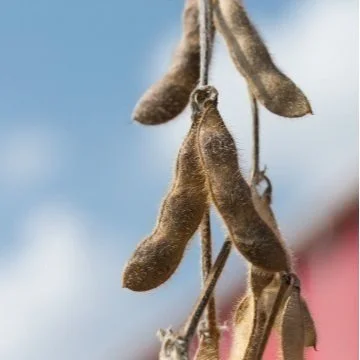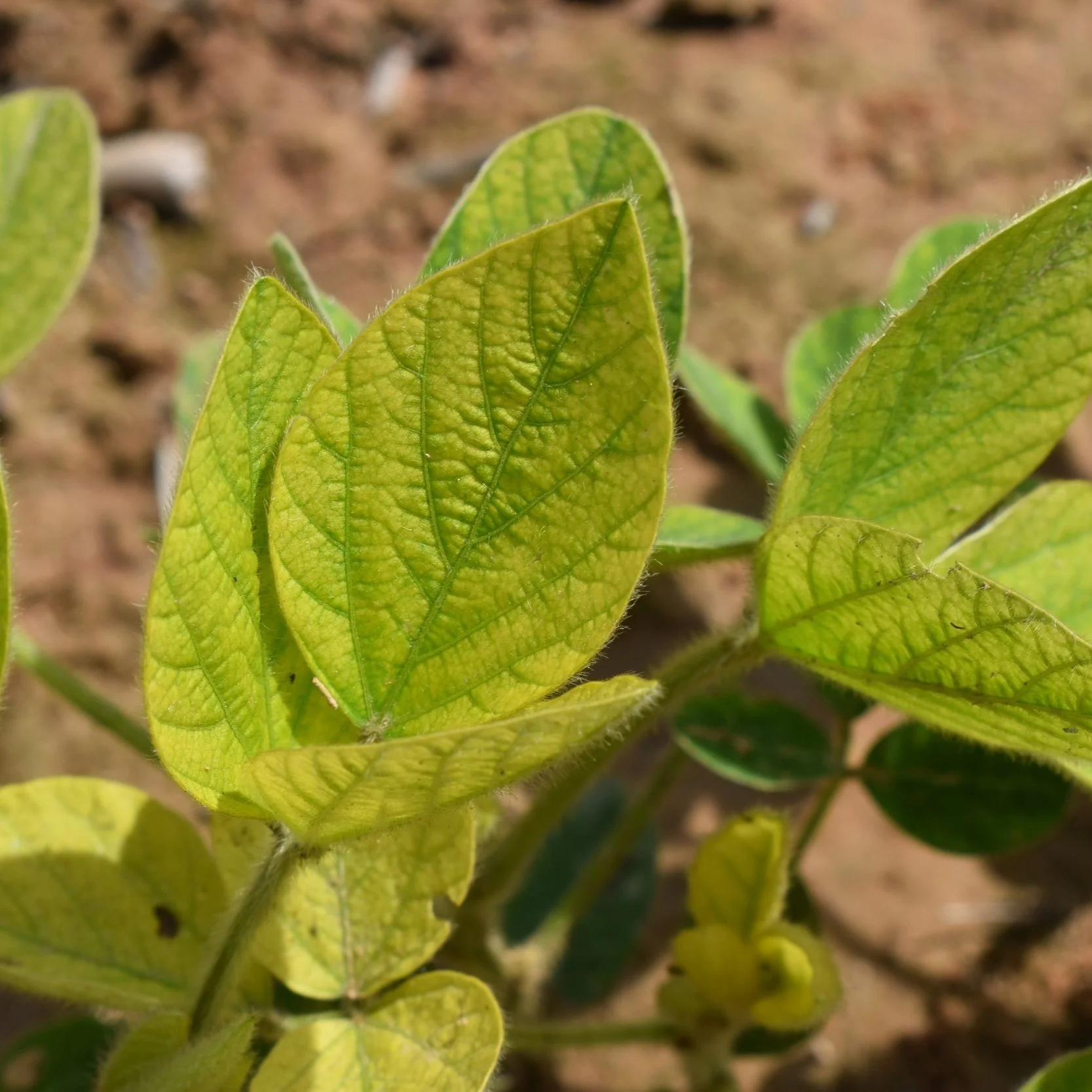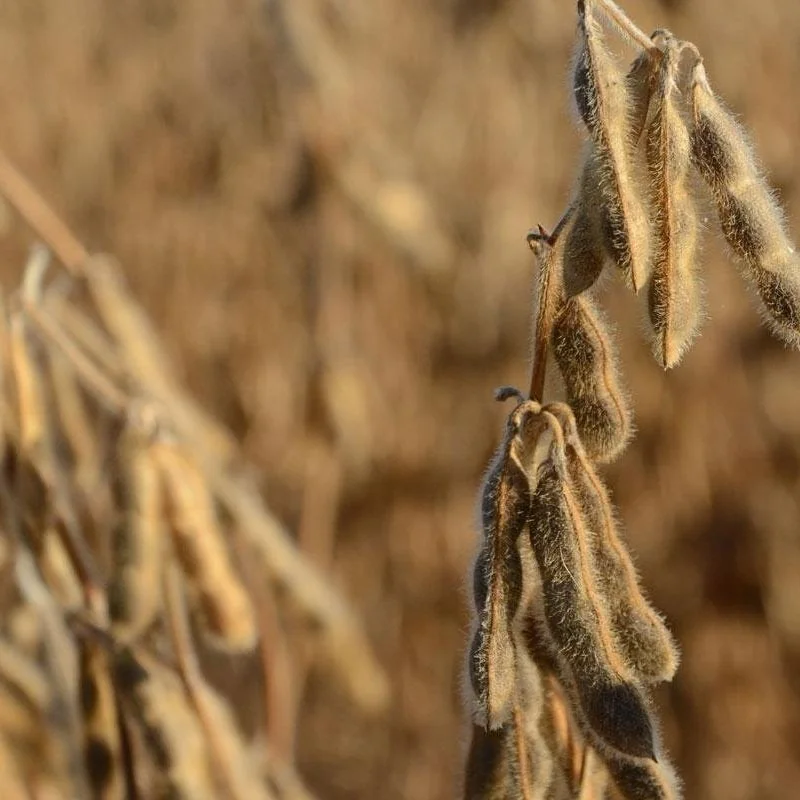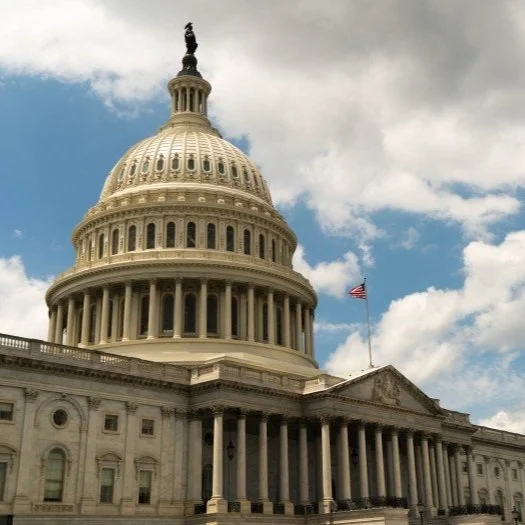Lower Mississippi River Updates Will Help Ag Exports
The chair of the United Soybean Board says progress is being made on a project to deepen the lower Mississippi River and improve the efficiency of ag exports.
The Army Corps of Engineers is deepening more than 250 miles of the Mississippi River from Baton Rouge, Louisiana to the Gulf of Mexico.
Read More
More Money Could Be Headed to Louisiana Soybean Farmers
The Mississippi River is a critical infrastructural waterway connecting U.S. products to export customers globally. Gov. John Bel Edwards will be meeting with U.S. farmers and other organizations to discuss its economic impact on the state of Louisiana.
Read More
Managing Nitrogen For Corn And Soybean Crops
Nitrogen (N) is one of the most essential nutrients required for crop growth, development and reproduction. It is the building block of proteins, amino acids, chlorophyll and DNA. Plants require more nitrogen than any other mineral nutrient. Generally, the aboveground portion of the plant contains 3% to 4% nitrogen. Therefore, fertilizing with nitrogen sources is often required for maximizing crop yield and profit.
Read More
Insects Hid From Killing Freezes in Louisiana & Mississippi
Freezing temperatures didn't reduce insect pressure in Mississippi and Louisiana row crops. Soybean farmers can expect waves of redbanded stinkbugs.
Read More
Iron Deficiency Chlorosis (IDC) In Soybeans
Iron is an important element for several plant functions such as chlorophyll synthesis, photosynthesis, and respiration. If plants are deficient in iron, the symptoms begin as interveinal chlorosis in the younger leaves .If the deficiency is severe, the symptoms can be white or necrotic leaves
Read More
Influence Of Harvest Aid On Soybean Seed Quality Affected By Delayed Harvest And Environment In Louisiana
Harvest aid application can expedite soybean (Glycine max) harvest and increase effi-ciency through both weed and crop desiccation and has become a common practicein Louisiana soybean production systems.
Read More
LSU AgCenter Scientist Receives Grant To Study Soybean Fungus
LSU AgCenter plant pathologist Sara Thomas-Sharma has been awarded a U.S. Department of Agriculture National Institute of Food and Agriculture grant to study a common disease of soybeans.
Cercospora leaf blight is a disease that continues to be a problem for soybean farmers in the mid-South, with cost to the industry at more than $250 million over the past five years
Read More
Weather Well: Variety Screening To Protect Soybean Harvest Quality
As soybean plants reach maturity, the membrane that connects each seed to the pod starts to detach, an early step in the plant dying and drying out for harvest. After this point, the soybean seeds no longer have access to the plant’s resources.
“The plants no longer protect the drying soybean seeds, making them vulnerable to weather events,” explains David Moseley, state soybean specialist for the Louisiana State University AgCenter. “Too much rain after soybeans start drying down can cause the seeds to turn brown, reducing quality.”
Read More
2023 Louisiana Soybean Production Update: An Early Start To Planting And A Freeze
The USDA-NASS survey reported that two percent of the Louisiana soybean crop was planted by March 19, 2023. The warm and dry weather during early March allowed producers to plant their corn crop early and then begin planting soybean. Unfortunately, on March 20th, the temperature dropped to approximately 28 degrees Fahrenheit in Northeast Louisiana. Soybean tissue death can occur if the temperature falls to 28 degrees Fahrenheit for more than four hours, especially if the unifoliate leaves are exposed (Vann and Stokes, 2020).
Read More
Trials Affirm Best Management Practices in Louisiana
Every soybean variety offers a combination of yield potential and defensive traits. Farmers combine that information with performance data to select the best varieties for their fields. Then, throughout the season, they manage factors they can control to maximize yield and profit.
In Louisiana, much of the performance data and management recommendations come from variety trials managed by David Moseley, state soybean specialist for the Louisiana State University AgCenter.
Read More
Argentina's Loss May Be U.S. Farmer's Gain
For those who have slept since then, back in September USDA was estimating Argentina’s 22-23 corn crop at a record 55.0 million metric tonnes, up 2 MMT from the prior year. Soybean production was pegged at 7 MMT greater, at 51.0 million.
Now all that has changed.
Read More
LSU AgCenter Scientist Part Of Award Winning Nematode Management Coalition
As a nematologist with the LSU AgCenter, Tristan Watson is accustomed to his work earning the recognition of scientific organizations. Now he can add a public relations accolade to his résumé, too.
Read More
American Soybean Association Call for Sufficient Farm Bill Budget Resources
The American Soybean Association submitted a letter to the U.S. Senate and House of Representatives calling for sufficient Farm Bill budget resources.
Read More
Evaluating Soybean Planting Dates In Louisiana
Recent data suggest the optimum planting timing for soybean in central and north Louisiana is between late-March to mid-April.
The LSU AgCenter continues to research soybean planting dates to see if it is economical to plant earlier or later than the optimum time.
Read More
How Bad Are The Crops In Argentina?
Bad news follows bad news. Unfortunately, this is what the weather has been doing to Argentina’s agriculture during the 2022/2023 crop year.
After being affected by La Niña for the third year in a row, key producing regions in the country are facing one of the worst droughts of the last four decades. Corn and soybean production is likely to be highly impacted by above-average temperatures and much below-average precipitation in 2023.
Read More















